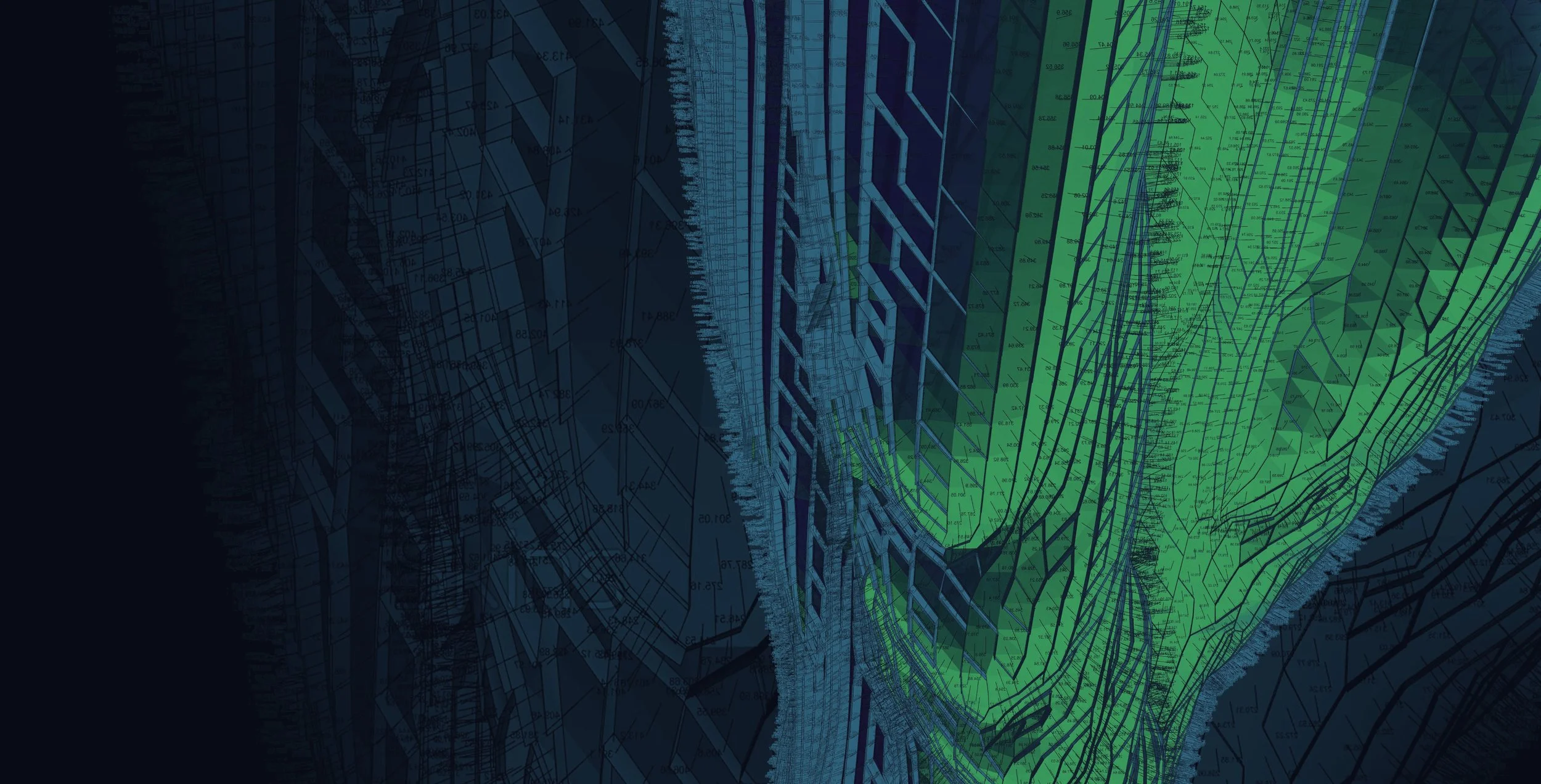Can Code Be Beautiful?
Exploring the aesthetic potential of algorithmic design in architecture
In the age of digital design, architecture is no longer drawn - it’s computed. Behind the curves, grids, and surfaces we see in contemporary buildings lies a hidden layer: code. But while code has become an indispensable design material, can it also be a medium for beauty?
This post explores the aesthetic dimension of computation - not just as a means to an end, but as a generator of form, feeling, and even poetry.
Beauty Beyond the Surface
Traditional architectural aesthetics often emphasise visual harmony - proportion, symmetry, and balance. In computational design, however, beauty can emerge from something deeper: the logic of generation.
A surface might be beautiful not just for how it looks, but for how it behaves, adapts, or responds. A space might move us not only for its geometry, but for the story embedded in its algorithm. Here, beauty shifts from static appearance to a dynamic interplay of process, performance, and participation.
From Intuition to Expression
Algorithmic architecture is sometimes seen as cold or mechanical - but it can also be expressive. When a designer authors code, they’re not surrendering creativity; they’re embedding their intuition into a system. A generative rule might reflect a cultural pattern, a natural rhythm, or a personal sensibility.
In this way, code becomes a canvas for intention, where parameters, conditions, and logic all contribute to a deeper narrative. What’s powerful is that the designer doesn’t relinquish authorship - they extend it through a medium that allows complexity, variability, and emergence.
The Poetics of Performance
One of the most promising areas is the blending of performance and poetics. Imagine a building that adjusts its skin based on sunlight, wind, or occupancy - not as an afterthought, but as the core aesthetic gesture.
This is where code becomes beautiful: Not for its syntax, not even for its output, but for the intelligent, sensitive relationship it facilitates between architecture and environment. It’s a form of responsive poetics - a structure that breathes, adapts, evolves, and delights.
So how can we embed an architect’s sensibility into a generative process? One answer lies in tools like Snowflake - a plugin that integrates Interactive Genetic Algorithms (IGAs) into the design process.
Case in Point: The Snowflake Plugin
Snowflake is a plugin developed to work within the parametric environment of Grasshopper. It is built on an evolutionary algorithm (SPEA2) but adapted for subjective evaluation. It enables designers to evolve forms not by chasing a single ‘optimal’ solution, but by balancing multiple, often subjective criteria. The result is a design that is:
- Co-authored between a human and a machine,
- Rooted in feedback, not prescription,
- And ultimately, shaped by both performance goals and aesthetic judgement.
In this context, beauty isn’t predefined - it emerges through iteration, selection, and interaction.
Toward a New Definition of Beauty
Perhaps it’s time to expand our idea of beauty in architecture: from static to dynamic, from imposed to emergent, from merely visual to deeply relational.
When we invite algorithms into our creative process, we’re not replacing the human hand - we’re enhancing the reach of our design imagination. And in doing so, we begin to see code not just as a tool, but as a medium - one that can carry logic, values, intuition, and yes, even beauty.
